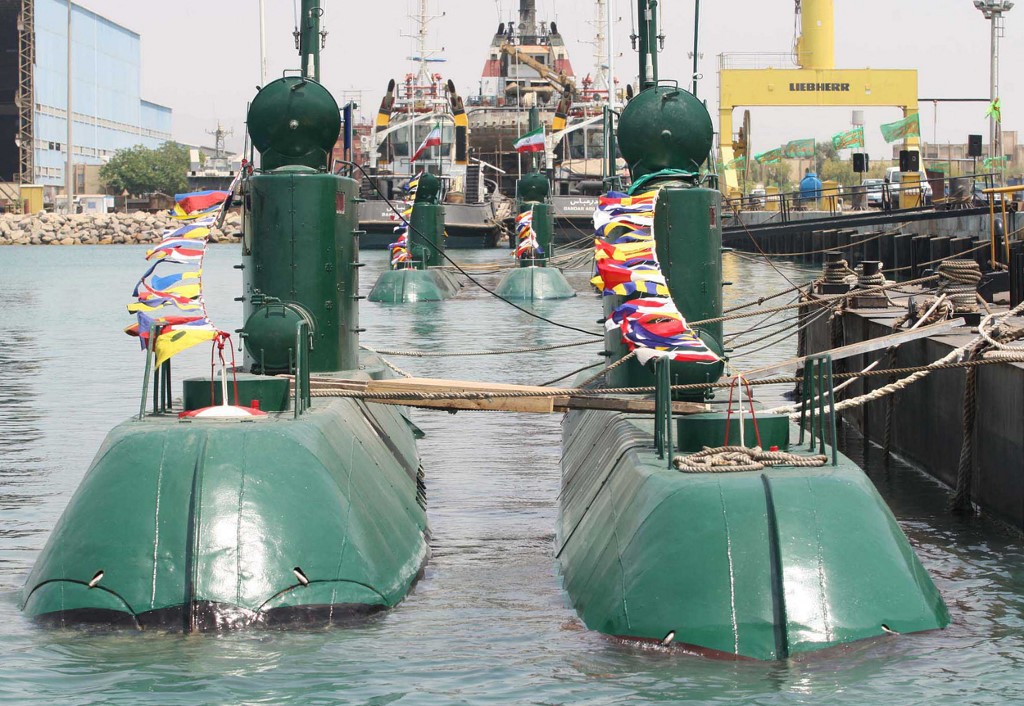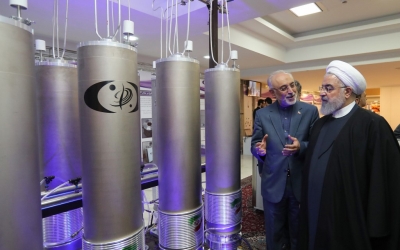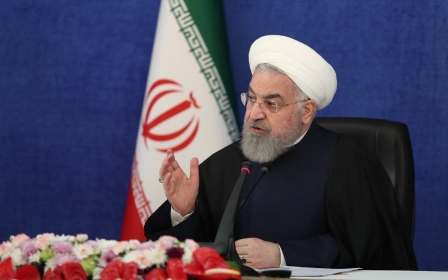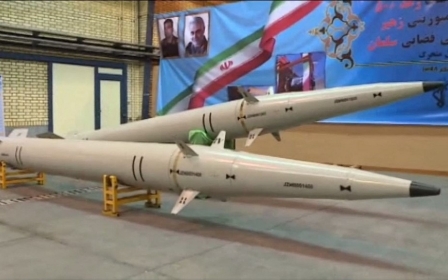Iran-Israel tensions: Return to nuclear deal, or see region go up in flames

Ten days after an explosion, widely attributed to Israeli sabotage, cut off electrical power to the centrifuges at Iran’s main underground uranium-enrichment facility at Natanz, a Syrian surface-to-surface missile exploded near Israel’s Dimona nuclear reactor on Thursday, resulting in tensions running high in the region.
The Natanz attack came just before a second round of talks in Vienna between Iran and the five permanent members of the UN Security Council plus Germany, aimed at reviving the 2015 nuclear deal. Israel fiercely opposed the deal, and former US president Donald Trump withdrew from it in May 2018.
Iran’s foreign ministry has blamed Israel for the Natanz attack, calling it “nuclear terrorism” and a “crime against humanity”. In response to the sabotage, Iran announced that it would activate 1,000 advanced centrifuges at Natanz and begin producing a small amount of uranium enriched to 60 percent, close to the 90-percent level considered to be weapons-grade.
In the absence of a revival of the nuclear deal and with continued Israeli sabotage, the deal will not survive - and the end state will be a nuclear-armed Iran
There is little doubt that the sabotage was aimed at undermining US President Joe Biden’s decision to revive the nuclear deal. “The past week has underlined a sharp divergence in US and Israeli interests,” noted a Washington Post editorial.
In addition to the negative political and security consequences of Israel’s opposition to reviving the Iran nuclear deal, there are other ramifications. Technically, there is a huge difference between Iran’s nuclear programme and that of Libya, for example, which attempted to import an enrichment plant as a kit requiring only assembly. Iran built its programme from the bottom up, starting with research and development in its universities and then going on to industrial development in its machinery and electrical sectors.
New MEE newsletter: Jerusalem Dispatch
Sign up to get the latest insights and analysis on Israel-Palestine, alongside Turkey Unpacked and other MEE newsletters
It is true that the first generation of Iranian centrifuges were simple copies of first-generation Pakistani centrifuges provided by the Abdul Qadeer Khan network, which were in turn based on an early Dutch design with an aluminium rotor. The Pakistani design, to which Iran has been limited by the nuclear agreement, is not comparable to the much more efficient designs currently deployed by the European multinational enrichment company, Urenco.
Strategic error
In the meantime, however, following the line of development pursued by Urenco, Iran’s centrifuge experts have been able to develop new generations of much more advanced centrifuges with rotors made of carbon-fibre reinforced composites.
By sabotaging Natanz, Israel might therefore have made a strategic mistake by creating an opening for Iran to replace its old, inefficient centrifuges with much more advanced designs, reportedly up to 50 times faster than the first-generation IR-1s to which Iran was limited by the 2015 nuclear deal.
In the last two decades, Iran has also made progress in building small submarines, and has expressed an interest in developing nuclear-powered submarines, similar to those developed by the US, Russia, Britain, France, China and India.
The US and Britain use uranium enriched to more than 90 percent to make compact reactors that do not have to be refuelled during the lifetime of a submarine. Iran has thus used the example set by the US and Britain to justify its plans to produce 60 percent enriched uranium for its naval programme.
In recent decades, Iran’s nuclear scientists - some of whom have been assassinated by Israel - have formed a cadre of nuclear experts without access to international academic training. Specialists have been trained in Iranian universities in the fields of nuclear physics and nuclear engineering. No one should underestimate Iran’s human resources; Iran’s nuclear programme can no longer be destroyed by sabotage or bombing.
Increased leverage
Three years after Trump’s withdrawal from the nuclear deal, Iran increased its uranium enrichment level from 3.67 percent to 20 percent. After the Israeli sabotage, that figure reached 60 percent. The history of Iran’s nuclear programme shows how, in response to US and Israeli coercion, Iran has increased the capacity of its nuclear programme to increase its own leverage.
It therefore appears likely that, in the absence of a revival of the nuclear deal and with continued Israeli sabotage, the deal will not survive - and the end state will be a nuclear-armed Iran. According to an editorial in the conservative Kayhan newspaper, Iran should “walk out of the Vienna talks, suspend all nuclear commitments, retaliate against Israel and identify and dismantle the domestic infiltration network behind the sabotage”.
But there is an alternative path forward: save the Iran deal. Under the agreement, Iran accepted the most comprehensive transparency measures and limits that a member state of the Nonproliferation Treaty has ever accepted. This model should be accepted by other countries pursuing nuclear-energy programmes. For the international community, therefore, preserving the Iran deal must be a vital first step towards strengthening the nonproliferation regime.
The nuclear deal also provides a potential foundation for a nuclear-weapons-free zone in the Gulf. In 2019, Iranian President Hassan Rouhani presented to the UN a proposal for a Hormuz Peace Endeavor, including a broad spectrum of ideas for cooperation and security around the Gulf, such as arms control and establishing a zone free of weapons of mass destruction.
If the Iran nuclear deal is allowed to collapse, there will be zero chance of realising such a zone. Instead, we could see Saudi Arabia pursuing its own nuclear-weapons programme, and perhaps Turkey and Egypt as well. Of course, Israel and the US would feel compelled to try to stop them, with more wars the likely result. This is what’s at stake in the current negotiations in Vienna.
The views expressed in this article belong to the author and do not necessarily reflect the editorial policy of Middle East Eye.
Middle East Eye delivers independent and unrivalled coverage and analysis of the Middle East, North Africa and beyond. To learn more about republishing this content and the associated fees, please fill out this form. More about MEE can be found here.







